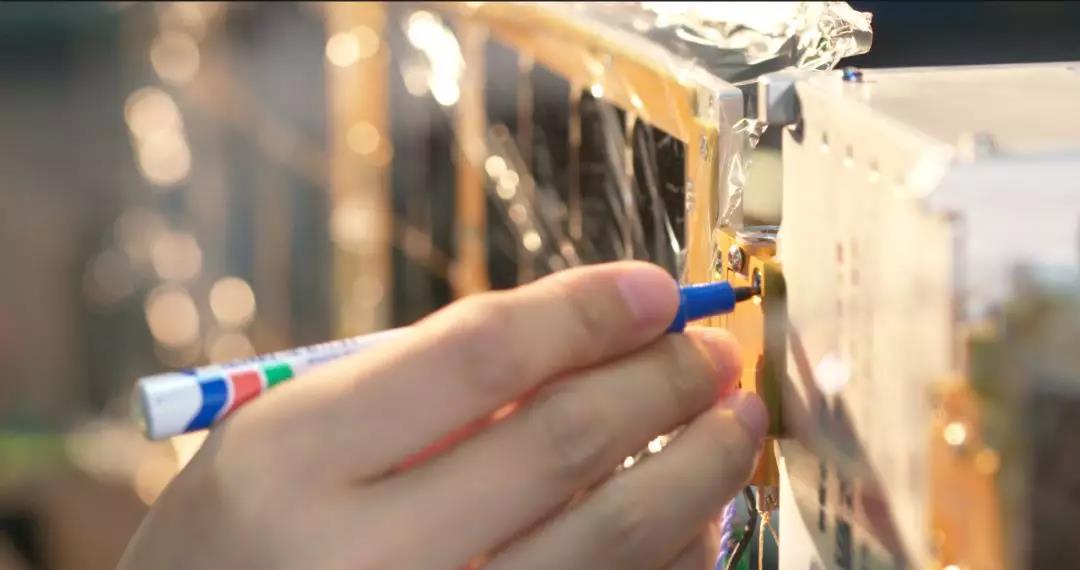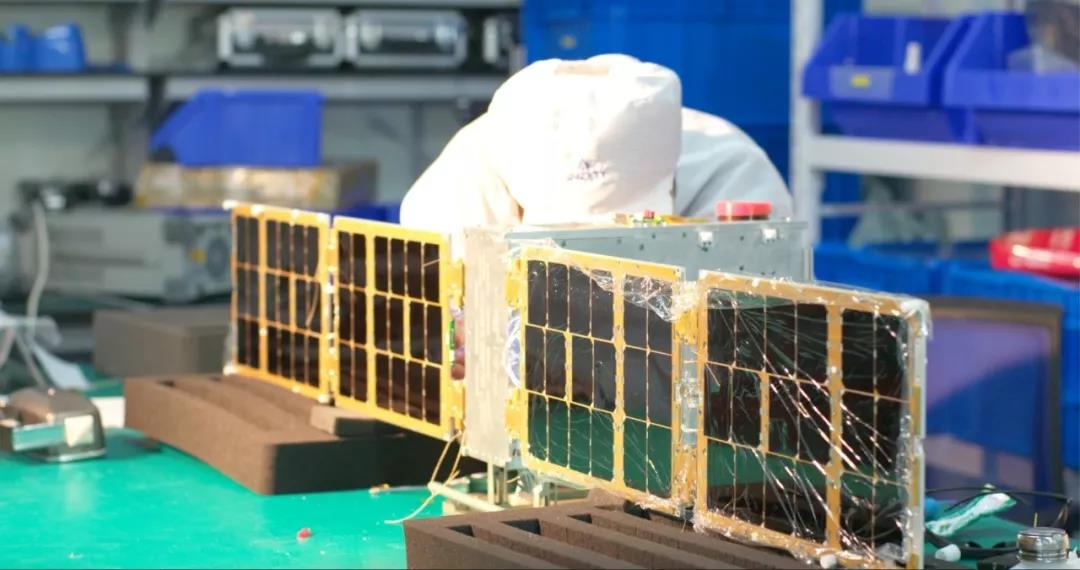Partly designed by Beihang University, Xiaoxiang-1-07, a satellite for technological experiments, was sent into space successfully by a Kuaizhou-1A carrier rocket from the Jiuquan Satellite Launch Center at 7:41 a.m. on August 31.

The launch site
The developer and another designer of Xiaoxiang-1-07 is Spacety, a privately owned Chinese commercial space company. Its strategic cooperation with National Key Laboratory of CNS/ATM of Beihang University leads to the launch of Xiaoxiang-1-07, their first experimental satellite and platform used to validate the technology adopted in the satellite system for air affairs. This satellite has a designed life span of three years and adopts a software-dominated centralized processing architecture, fulfilling the goals of a high degree of integration, low electromagnetic radiation and a good cost-performance ratio.

Assembly tests of Xiaoxiang-1-07
The satellite system for air affairs is a satellite-based air communications, navigation and surveillance system proposed by Zhang Jun, a member of the Chinese Academy of Engineering. Combining the latest advancements in aeronautics, astronautics and information technology, it aims at meeting the urgent need to develop the air transportation system, especially the air traffic management system. The satellite launched this time was co-designed by the team of Prof. Zhang Xuejun of National Key Laboratory of CNS/ATM and Spacety. In the future, the two sides will cooperate further to validate the key load technology of satellites for air affairs, laying foundations for the development of the satellite system.

Lab tests of Xiaoxiang-1-07
Spacety was founded in 2016 by Yang Feng, who graduated from the School of Electronic and Information Engineering of Beihang University. It is one of the first Chinese commercial space companies.
Reported by Li Xueyuan
Reviewed by Zhang Yaotian
Edited by Jia Aiping
Translated by Li Mingzhu

